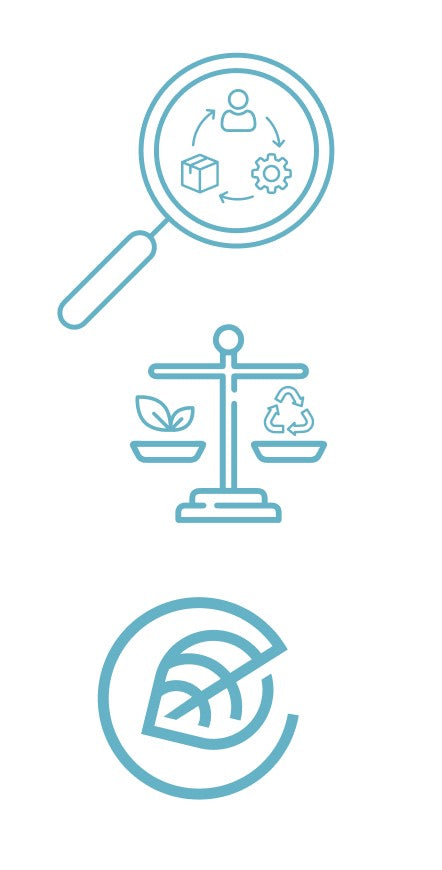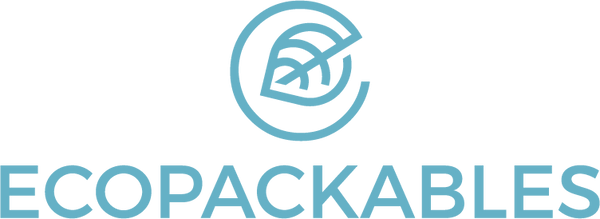Are you working at an apparel company looking to make the switch to sustainable packaging? Then this guide is for you!
We’ll go over all the different material and packaging options currently available, along with everything you need to know to lower your footprint and enhance your brand.

Our Materials
The sustainable apparel packaging ecosystem is comprised of three main materials: Recycled Plastic, Recycled Paper and Compostables. Most sustainable packaging companies focus on one, maybe two of these materials. Here at EcoPackables, we offer all three, understanding that they each have their pros and cons, and the only way these materials will improve is by increasing demand for sustainable packaging.
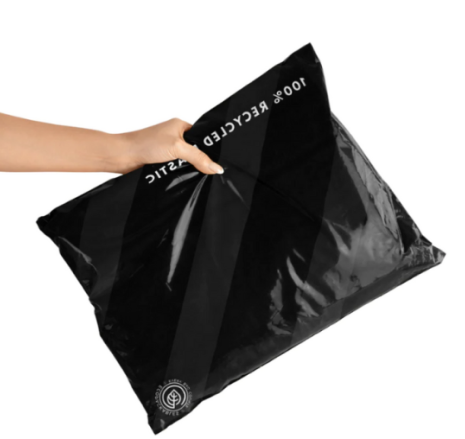
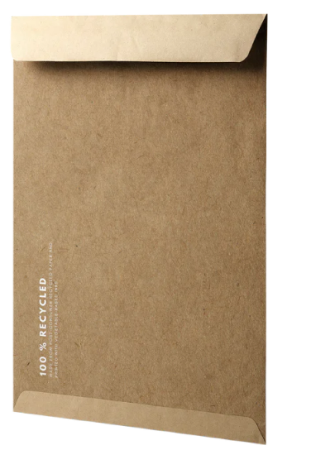
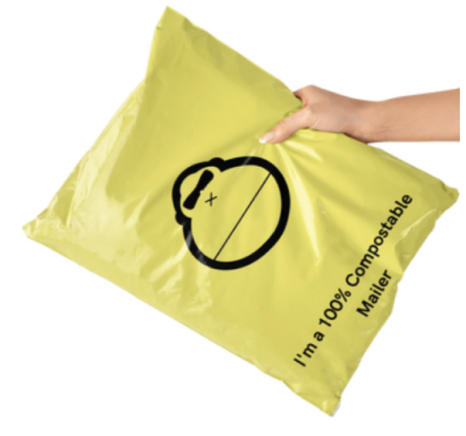
Recycled Plastic
When it comes to using recycled plastic, there are several considerations that need to be made. In an ideal world, we’d like to be using a high amount of Post-Consumer Recycled (PCR) waste. This is plastic waste that recyclers collect after a consumer uses a product. At EcoPackables, we then mix this with a smaller portion of Pre-Consumer Recycled waste (plastic scrapings from production) to create a 100% Recycled Film. This product is our D38 Film, and it is certified by the Global Recycling Standard.
Pros
- Highly durable and easy to implement
- Cost-effective
- #4 recyclable at drop-off locations like grocery stores
Cons
- Worse end-of-life prospects compared to PCR Paper and Compostable
We recommend PCR plastic if you’re operating in a very thin-margin environment and can’t afford to increase your current packaging cost over ~20-30%. It is less sustainable than Compostable Films and PCR Paper. It also doesn’t hold the same brand-enhancing properties because it is, well, plastic.
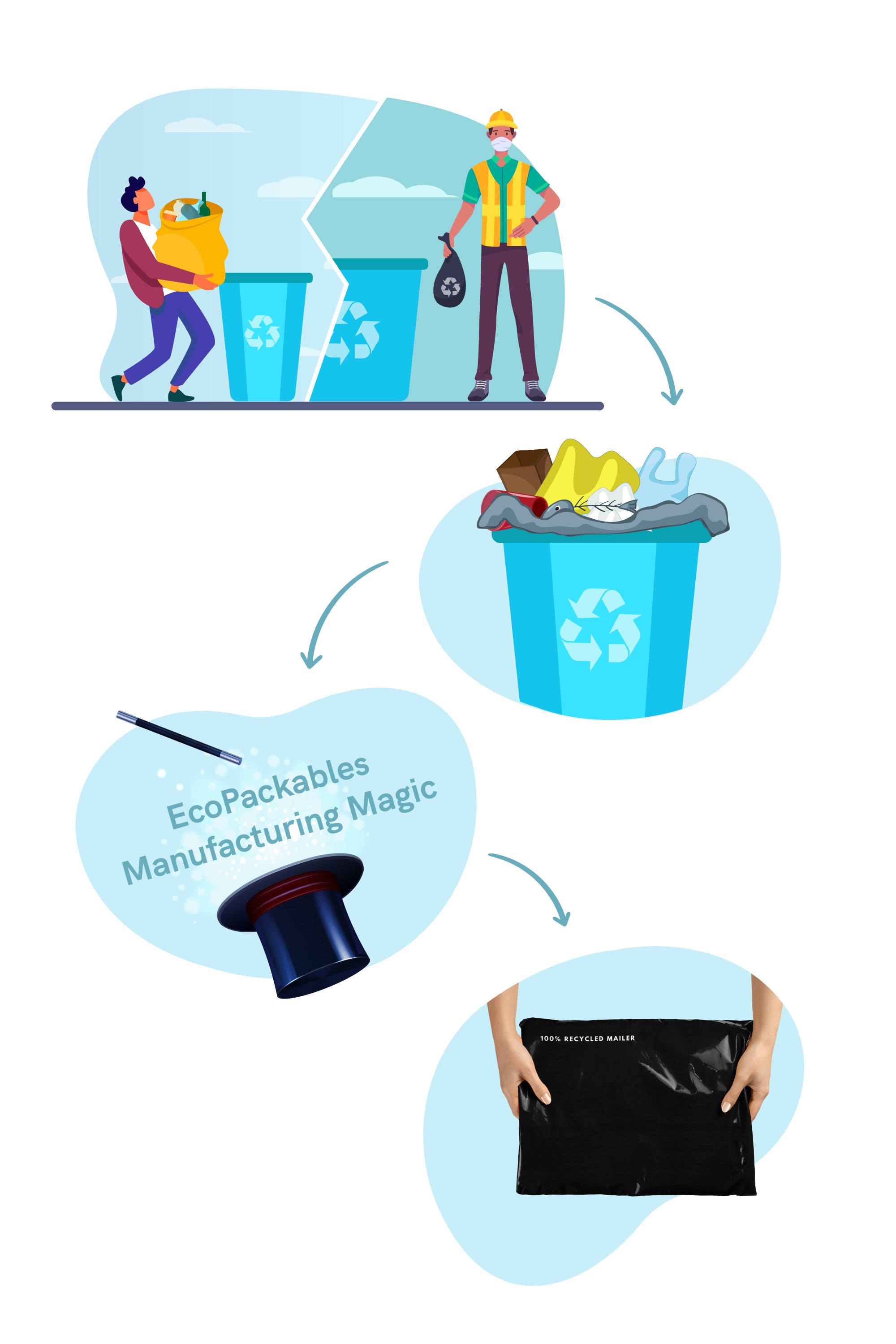
Recycled Paper
Apparel brands are increasingly switching to Post-Consumer Recycled paper packaging as consumers reject plastic for curbside recyclable products. Organizations like FSC and SFI certify paper from responsibly managed forests, so be on the lookout for these labels.
Pros
- Very durable and easy to implement
- Curbside Recyclable
Cons
- Limited Customizability
- High Footprint
- Higher Cost
We recommend PCR paper if you have enough margin to make an investment in their packaging. It has a strong appeal to customers and feels great. Given the increased weight and rigidity of the paper, along with the production process, PCR paper has a higher footprint than the other materials.
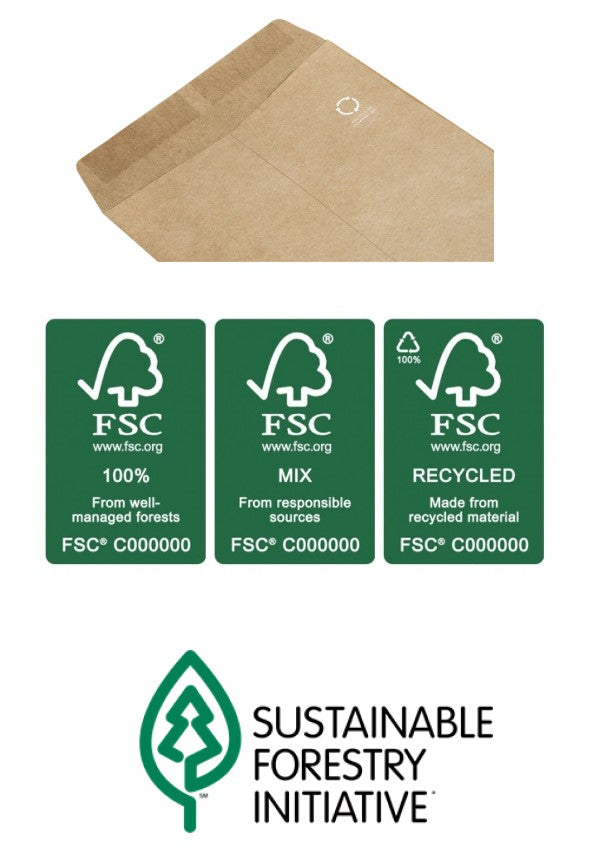
Compostable
One of the most exciting packaging innovations in the past few years, compostable resins and films are now available for many practical applications. Our D42 Film is certified Home-Compostable and made from a blend of organic and bio-based material. They are certified by the TUV and BPI, meeting standards to fully break down in a home composting bin within 180 days.
Pros
- Regenerative rather that recycled
- Very strong brand appeal
Cons
- Partially fossil-based
- Higher Costs
We recommend compostables for apparel brands that have enough margin to make an investment in their packaging. Similar to PCR Paper, compostable raw materials are on the higher end of the price range in terms of implementation. From the brands we’ve worked with, we’ve seen the highest consumer appreciation of this form of packaging. A current challenge compostable materials face is end-of-life. Since composting infrastructure isn’t widespread in the United States, like it is in some other countries, most of these mailers end up in landfills producing methane. Additionally, the materials are partially fossil-derived. At EcoPackables, we use the highest amount of renewable content (~38-43%), and are also working on a fully renewable alternative to PBAT.
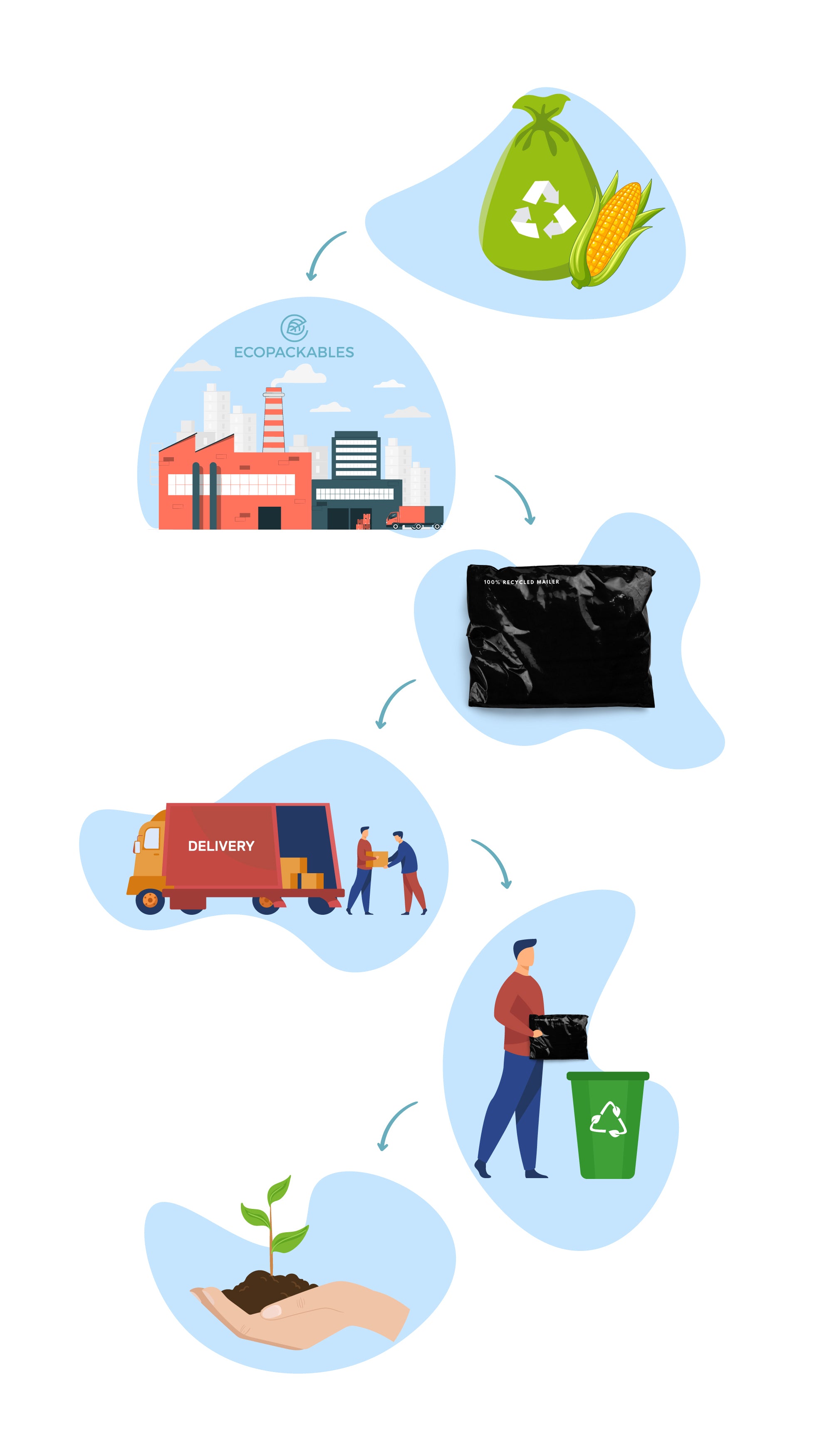
Inner packaging
Inner packaging is often one of the most overlooked, and wasteful parts of a brand’s packaging. Most of these are very cheap, virgin LDPE bags that are only thin-film recyclable. This means that a consumer would have to drive the bag to an eligible store that has drop-off. As you can probably infer, it’s no wonder that recycling rates for these bags are just ~7%. Fortunately, there are a number of options to make these bags more sustainable.
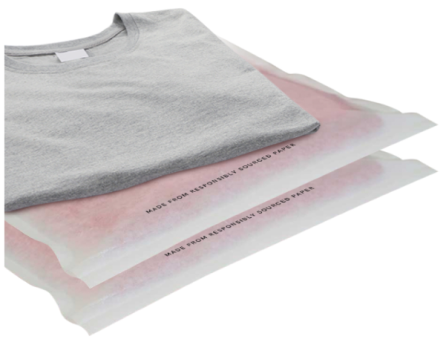
Choosing the Right Material
Using these materials, we’ve made the following products that are suitable for garment bags.

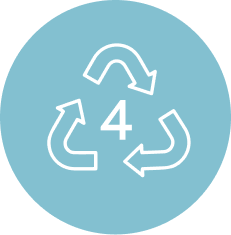
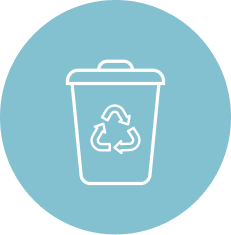
Home Compostable Polybag
Recycled Plastic Polybag
Ocea™ Bag
- Made from our D41 Film and Certified Home Compostable
- Naturally slightly frosted, giving a very premium aesthetic
- Compostable Zipper Option
- Reclosable Adhesive for Peel & Seal
- Thickness can range from 30-110 microns
- Made from our D38 Film and GRS Certified
- Made from a blend of Pre-Consumer and Post-Consumer waste
- Zipper Options Available
- Reclosable Adhesive for Peel & Seal
- Thickness can range from 30-110 microns
- Thin-Film Recyclable
- Made from our Ocea™ Film, an FSC-Certified Recycled Mix of Paper
- Water-Resistant and Translucent for Barcode Scanning
- Reclosable Adhesive for Peel & Seal
- Thickness can range from 30-110 microns
- Curbside Recyclable
- Printed with Vegetable-Based Inks
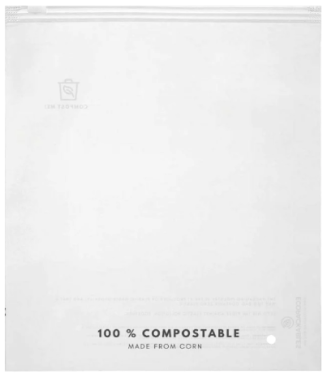
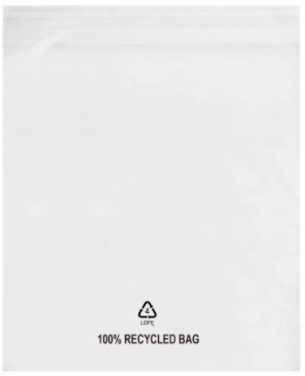
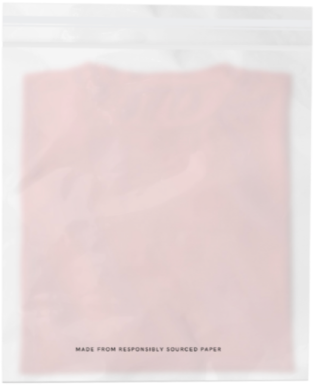
Each option above has its pros and cons. If you’d like a sample of each to try out, feel free to reach out to us here. We’d also be happy to walk you through which material might make the most sense for your brand!
Consider where your garments are packed
The most important aspect of a garment bag’s footprint isn’t the material itself as much as it is the shipping emission of that package. For this reason, we encourage you to find packaging solutions that are relatively close to your garment packaging facilities. For most companies, this is either China, India, or Bangladesh. Bringing sustainable garment bags that are manufactured in the USA to these countries is unsustainable, both financially and environmentally. Instead, look for providers that have a broad range of production and can ship relatively short distances to your garment factories or 3PL.
At EcoPackables, we have the ability to run all three of our materials (Compostable, PCR Paper, PCR Plastic) in three of our overseas factories. These are located in China, India, and Vietnam, making them more affordable and sustainable than most other sustainable options.
e-Commerce Shipping Packaging
The packaging used when shipping your product via e-commerce is arguably the most important part of your entire packaging collection. After all, it is the first impression your client will have of your product.A new wave of responsible consumers has emerged with the rise of GenZ and Millennial purchasing power. Research shows that 78% of customers* would stop buying from a company that uses irresponsible packaging, and that 63% would* pay extra for sustainable packaging. We also find, time and time again, that our clients get a significant boost in customer loyalty when redesigning their packaging to be more sustainable, and clearly communicating this with their followers.
Mailer Boxes
For mailer boxes, there are a number of considerations:
- Use the least amount of corrugated board necessary
- Use the least amount of ink necessary
- Ensure that the board is FSC-Certified and made from PCR waste
- Avoid coatings and shines that eliminate curbside recyclability
- Stay away from toxic synthetic inks
We often find that E-Flute boxes generally work best for clothing companies as they are cheaper to ship, use less material, and have plenty of strength to protect the garments. They work well with hats and other accessories as well.
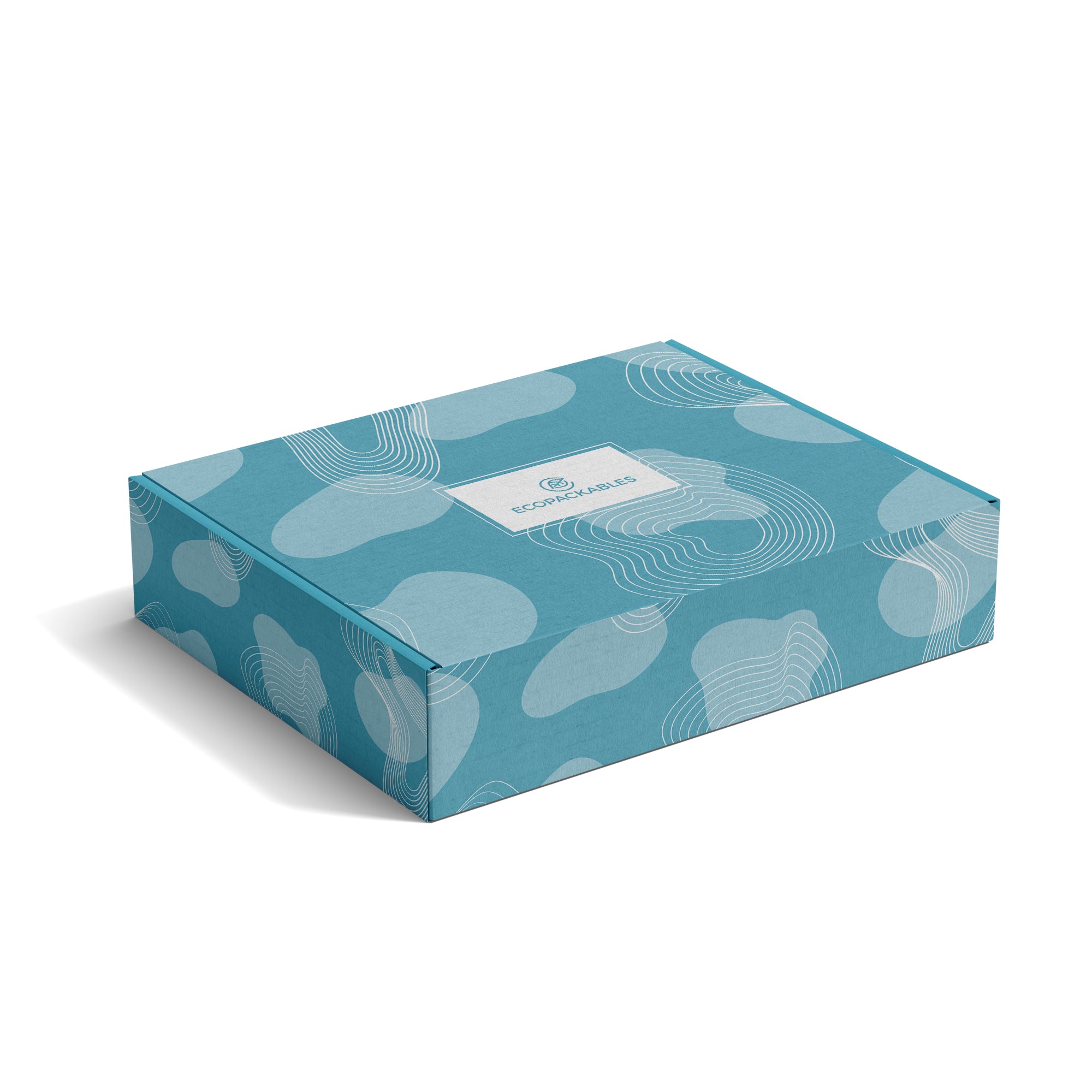
Flexible Mailers
While recycled corrugated mailers are great products, especially for shipping more fragile items, we encourage as many companies as possible to shift to flexible mailers when possible. Not only is it more cost effective, but carries a significantly lower footprint because they take up less parcel space. Similar to the inner bags, sustainable polymailers are available in the following options:



Home Compostable Mailer
Recycled Plastic Mailer
PRC Paper Mailer
- Made from our D42 Film and Certified Home Compostable
- Flexo-printed with up to 4 colors
- Double-Adhesive options available for returns
- Compostable Shipping Labels available as well
- Thickness can range from 60-110 microns
- Made from our D39 Film and GRS Certified
- Made from a blend of Pre-Consumer and Post-Consumer waste
- Double-Adhesive options available for returns
- Digitally or Flexo-printed with up to 4 colors
- Thickness can range from 60-110 microns
- Thin-Film Recyclable
- Made from FSC-Certified Recycled Paper
- Water-Resistant & Durable
- Double-Adhesive options available for returns
- Curbside Recyclable
- Printed with Vegetable-Based Inks



Note: As paper is more rigid than plastic and compostables, a gusset might be required to fit the garments. If you need help finding the right-sized mailer, reach out to us here.
Branding and Sustainability Messaging
If you are willing to invest time and resources into overhauling your packaging, having a concise yet effective packaging story is necessary. There are countless companies that create entirely new packaging systems, only to use the same artwork they’d previously used and not include any messaging on their packaging. Highlighting your sustainability commitments and the contents of the packaging serves two purposes:
- Enhances your brand by showing consumers that you’ve invested in becoming a more environmentally responsible company.
- Educates consumers on sustainability, further raising their standard for packaging and pressuring more companies to package sustainably.
If you’re a brand that’s moving away from glossed, flood-coated mailer boxes to a kraft alternative, you want to make sure your customers know why that is. By clearly illustrating, on the physical product or via QR, the environmental benefits of recycled material, less ink and an uncoated box, you educate your followers while also showing them that this should be the new norm. Similarly, if you were to use a compostable mailer, you’d want to also help your end-consumer dispose of the package correctly rather than simply throwing it away.
Below are some examples of brands we’ve worked with that did a great job on their creative sustainable messaging:
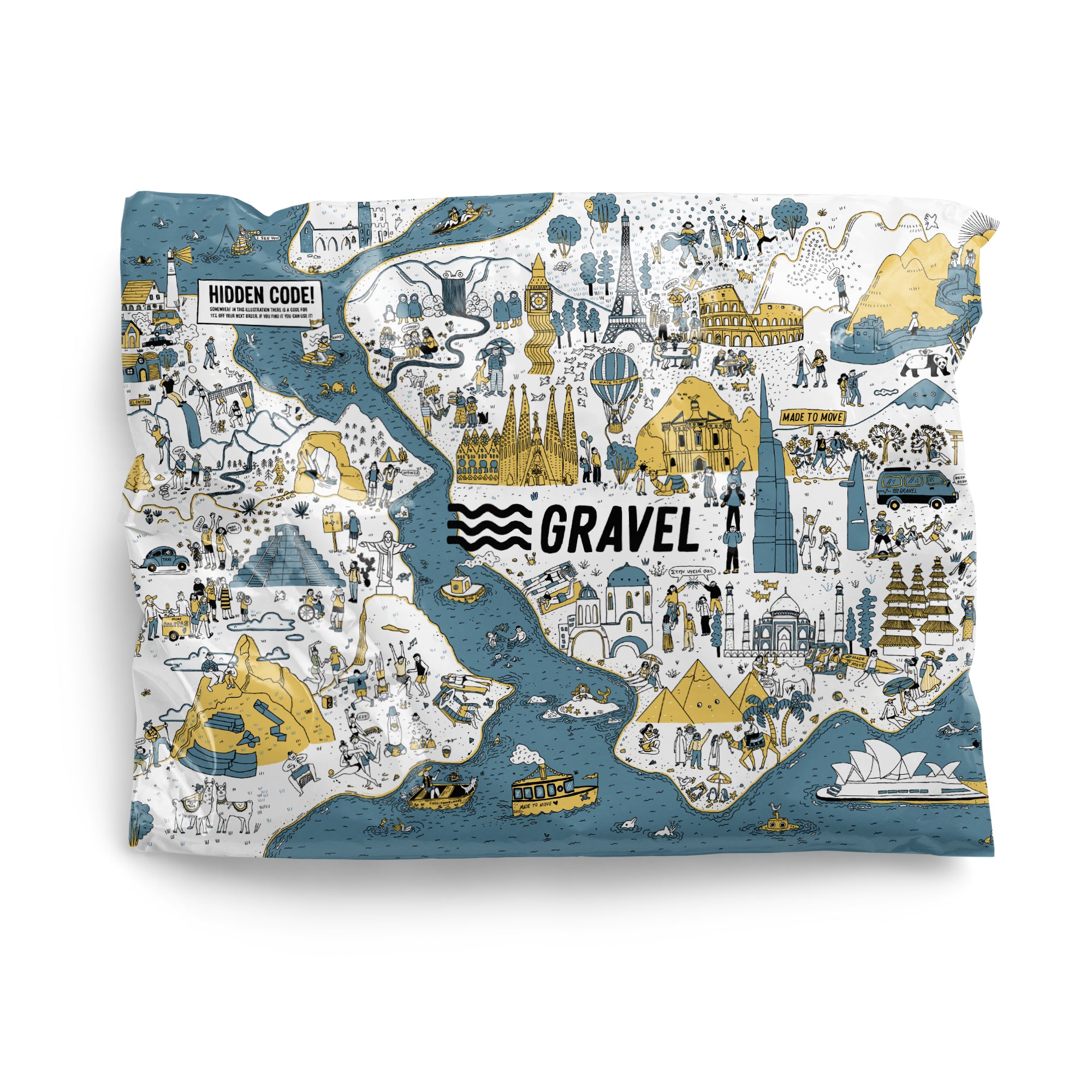

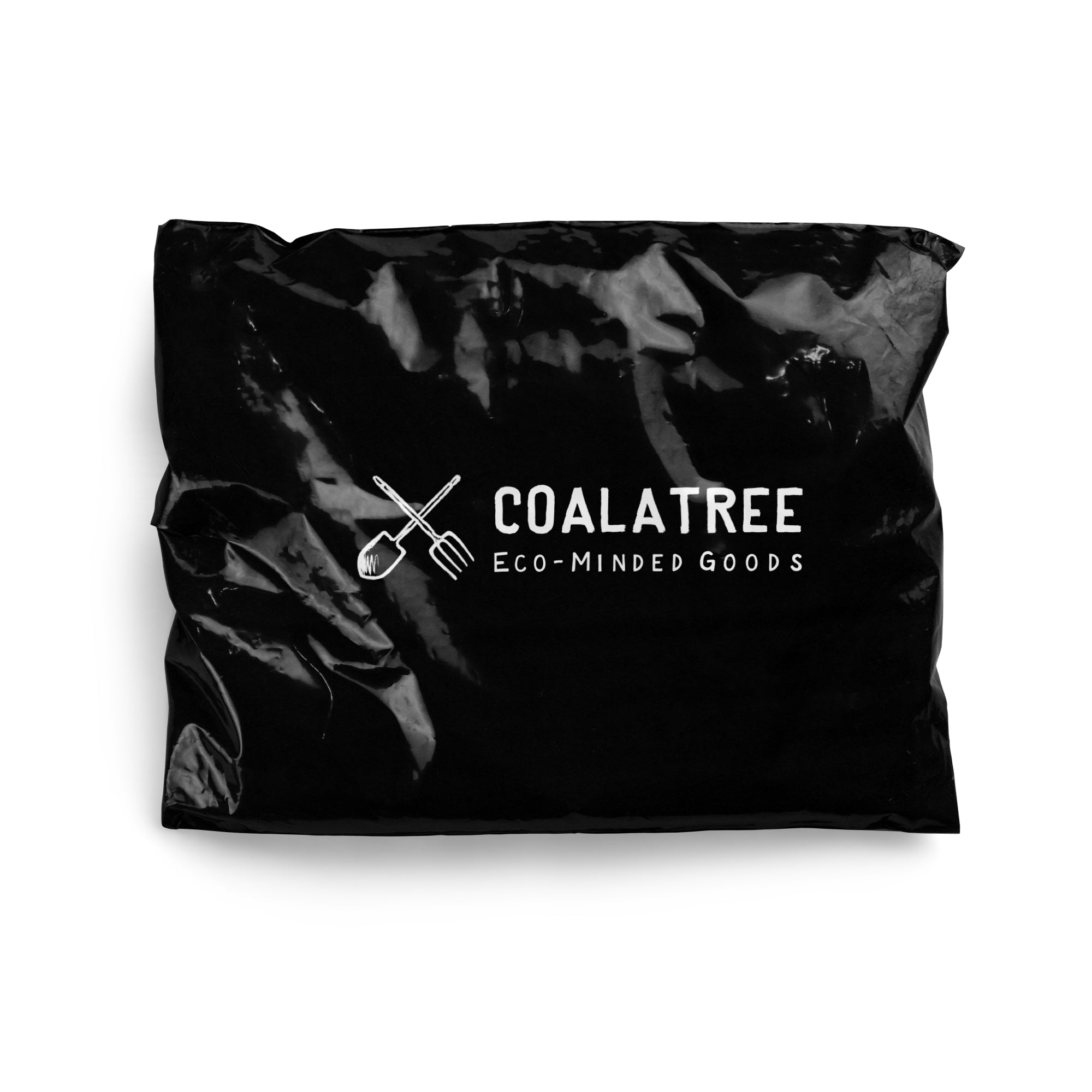
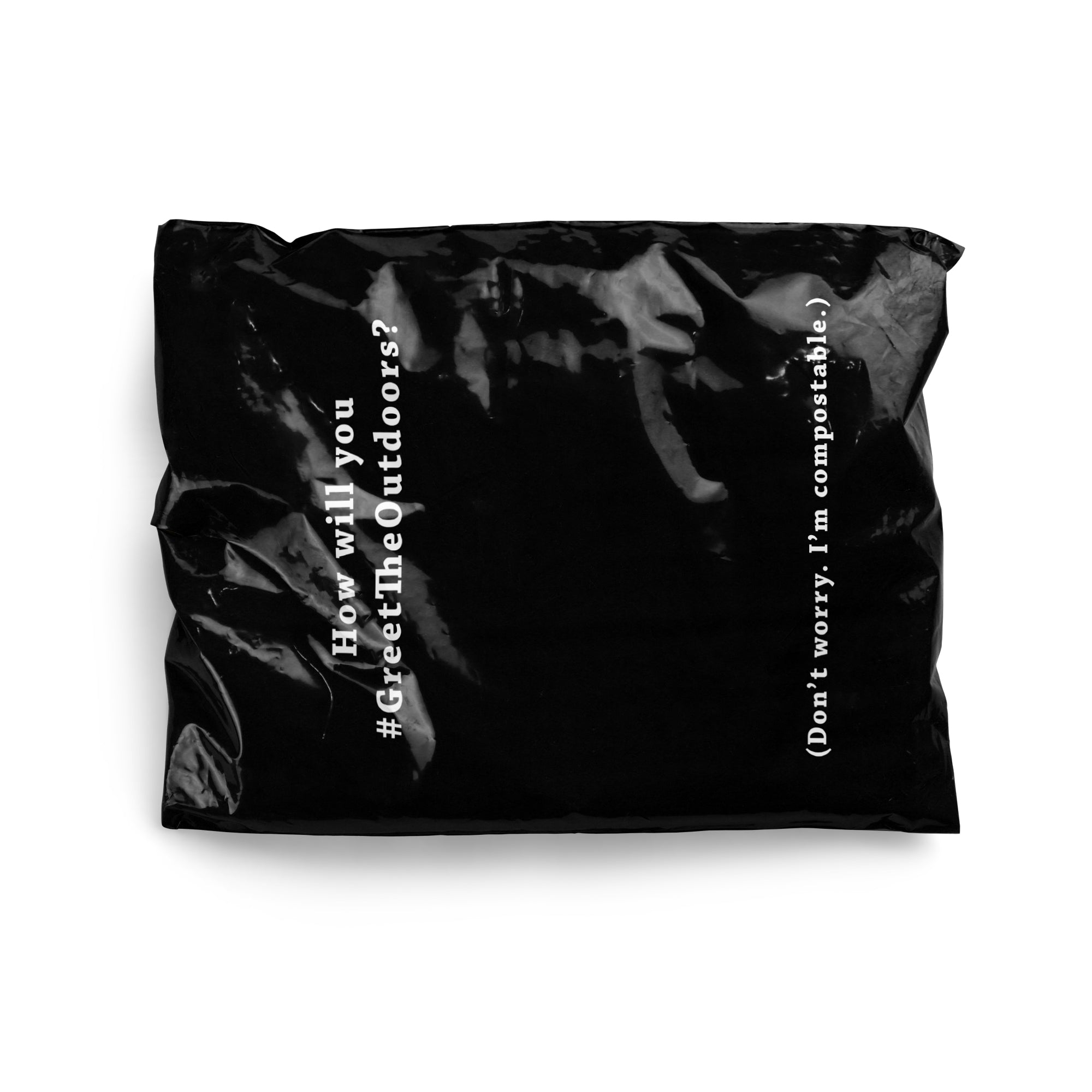
where to start
By reading this guide, you’re now aware of all the different options for sustainable apparel packaging. The tricky part is the implementation. The first step is taking a look at your supply chain and seeing where excess can be cut out. For example, if you currently use an A/B Flute Box to ship a garment, consider replacing that with a mailer. If your mailer is currently too thin/thick, make those adjustments as well.
The next step, and often the one we see most brands struggle with, is choosing the right materials. For each company, this answer is different depending on what they care about most. This could be footprint, end-of-life, or aesthetics. Either way, there is no one-size-fits-all and a careful assessment of each option is necessary. The most important thing we’ve seen successful brands do is have a singular, cohesive sustainability story behind their products. If you use a compostable polybag, make sure you’re also using a compostable mailer to encourage the end user to take one disposal action. If you use multiple different materials, it confuses the messaging and can easily lead to incorrect disposal.
Lastly, make sure to find a partner that has a sustainability-first approach and is vetted for their products. At EcoPackables, we specialize in eco-friendly apparel packaging and have a number of domestic and international locations to service your brand. We have custom options starting at just 5,000 units to make sustainable packaging accessible for companies of all sizes. To get in touch or receive a free sample pack, reach out to us here.
Seriously, if you want to chat with an expert on any form of packaging, regardless if it’s ours or not, get in touch. It’s a collective effort to combat the packaging waste crisis, and we want to help in any way we can!
